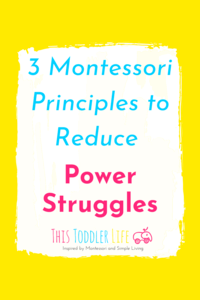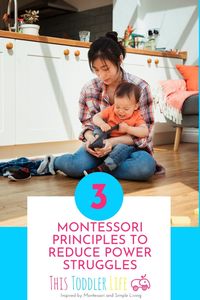- Home /
- Blog /
- PARENTING /
- Say So Long To Power Struggles
xxx videos
massive brown wiener for foxy sweety rilynn rae.xxxvideos
Say So Long To Power Struggles

Ahhh the power struggle. Every parent has had them (and if you haven’t yet, I hate to break it to you…but your time is probably just on the horizon.)
But did you know that practicing the Montessori method can actually help to reduce power struggles?
In my latest Montessori Monday LIVE show this is the exact topic I cover: 3 Montessori principles that help reduce power struggles! (If you want to catch these session LIVE be sure to join my free Facebook group here.)
What IS a power struggle?
First of all, if you’ve never heard of a power struggle I want to clear up what it is. A power struggle comes from the parent holding a boundary and the child testing the boundary.
When your child is smaller and less independent, they are very connected to you, as their parent or caretaker. They need you to take care of them, keep them alive, meet their basic needs. But slowly, they begin to hit a certain developmental milestone (the age will vary because we’re all unique) and begin to realize that they can do things on their own. They don’t NEED you as a caretaker to do everything for them.
This realization is wonderful, because our children are developing into their own, independent beings, but it is also exhausting because THIS is where those power struggles begin to occur.
As caretakers we all have boundaries. Yours may look different than your neighbor or friends, but we all have them. As our children become more independent, they naturally want to test those boundaries….And so, the power struggle ensues. Please understand, this behavior is not to get attention or because your child is having a bad day. They’re just developing their independence and testing those boundaries.

So how do we reduce these power struggles?
1. Freedom of choice
As your child gets older you’ll notice that their independence is blossoming. They want to do things on their own and they begin to have opinions as to what they do (or do not) want to participate in. This is a natural developmental stage that we can help foster by giving our children limited choices. An example of this might be your child dressing themselves. We don’t want to just open their closet doors and tell them to figure it out. Instead, we want to perhaps offer them two shirt choices and allow them to decide which of the two they would prefer to wear for the day. We don’t want to give them too much because that’s overwhelming but we do want to give them a choice. Other ways to foster independence could be allowing them to choose between an apple or a pear for snack, or perhaps give them the choice of two different color toothbrushes to brush their teeth with.
2. Freedom within limits
This is exactly what it sounds like. Allowing your children the freedom of choice, but limiting those choices. Often times non-Montessori homes will put up baby gates to keep children out of areas, such as the kitchen. Of course, the intention here is good. No one wants their child to have access to knives or hot stoves. However, baby gates can unintentionally invite power struggles. The baby gate has now become a boundary that a naturally inquisitive and independence seeking child will want to test. Instead of a gate, you could try setting up a snack station in your kitchen for your children to choose from, as opposed to giving them access to the entire kitchen. This keeps your child safe, because they can’t go play with knives but they also have the freedom to enter the kitchen when they so choose.
3. Prepare your home environment
This is the number one step any parent looking to practice Montessori should take. Not only does this help reduce power struggles, but making small changes can also creates a safe environment for your child to explore and learn in. To begin, you’ll want to take a look at the 4 main areas in your home through your child’s eyes:
- Sleep area
- Feeding area
- Area for physical care
- Work area
When we observe these areas we need to consider everything in the room from our child’s perspective. What looks shiny or interesting but might be dangerous? What items fall at their eye-level that might be of interest to them? Then instead of inviting power struggles by constantly telling your child “no,” revamp the area so that it IS safe for your child to be in and around. We call this creating a “yes” area. If you’re looking for more information on preparing your environment, you can check out my blog post on this topic here.
I’d love to know – What power struggles are you currently experiencing in your household? After reading this post, what will you try to do differently to help reduce the likelihood of a power struggle?

If you’re looking for a supportive community of Montessori parents from around the world, be sure you are a part of my free Facebook group, Montessori Toddlers. Also, be sure that you are following me on Instagram for Montessori inspired quotes, ideas, promotions +more!
